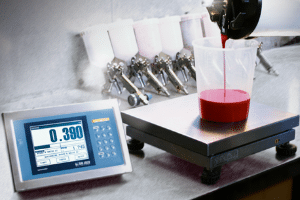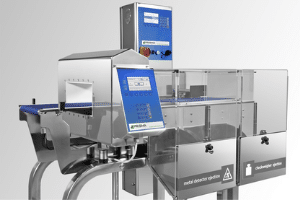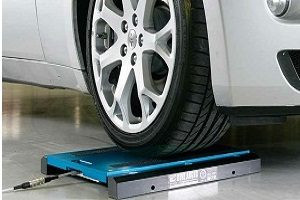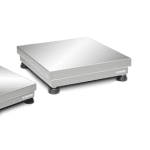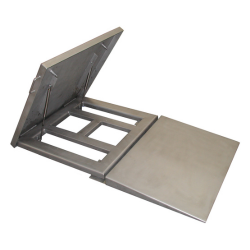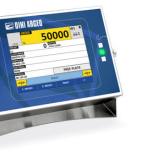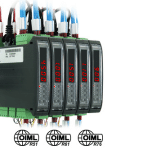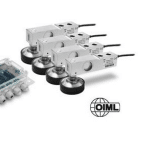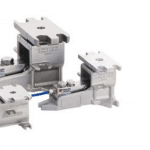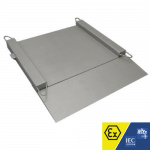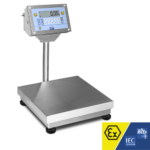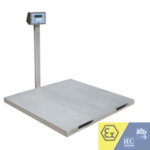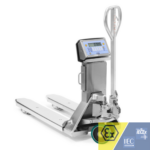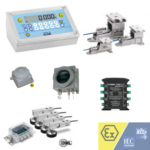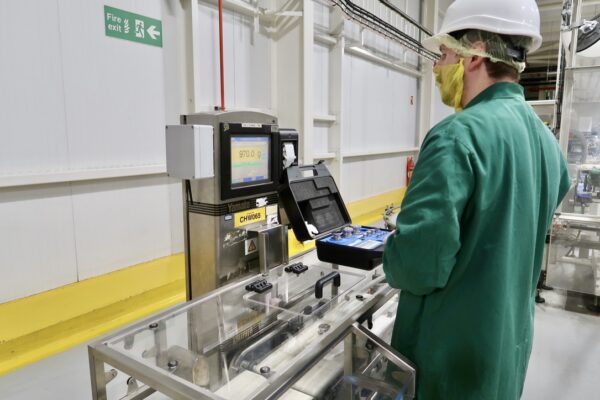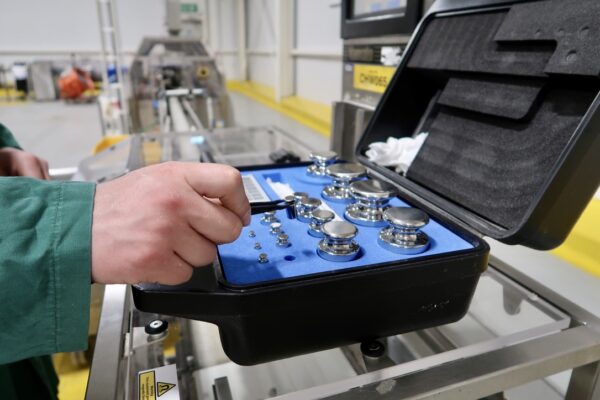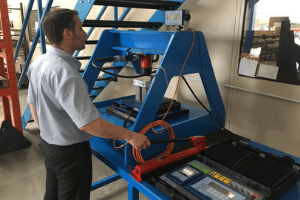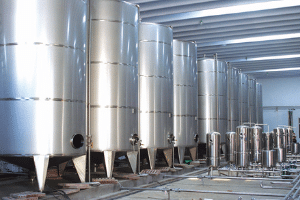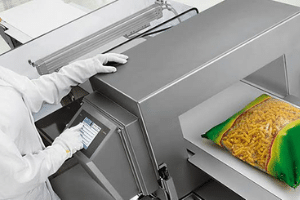ATEX Components for Weighing Systems
We have a range of ATEX rated components for use in building a compliant system for hazardous areas. Speak to one of our ATEX specialists today to discuss your next ATEX weighing project.
Choosing ATEX components for a project involves understanding the specific hazardous area classification of the environment in which the equipment will be installed, as well as the potential explosive risks that may exist.
Here are some general steps to follow when selecting ATEX components:
- Identify the Hazardous Area: Determine the specific hazardous area classification of the environment where the equipment will be installed. This classification can be determined by referring to local regulations and standards such as the ATEX Directive in the European Union or the National Electric Code (NEC) in the United States.
- Determine the Equipment Group and Category: The equipment group and category will depend on the hazardous area classification. For example, equipment in a Zone 1 area will require a higher level of protection than equipment in a Zone 2 area. There are also different equipment groups, such as electrical or mechanical, which will have different requirements.
- Select ATEX Certified Components: Ensure that all components used in the project are certified to the appropriate ATEX standards. Look for markings on the components that indicate compliance with ATEX regulations.
- Consult with Experts: Seek advice from ATEX experts or manufacturers of ATEX components to ensure that the components selected are appropriate for the specific application and will meet the necessary requirements.
- Consider Maintenance and Repair: Consider the maintenance and repair requirements of the ATEX components. Ensure that replacement components are also certified to ATEX standards.
- Documentation: Keep documentation of all ATEX components used in the project, including their certification, installation, and maintenance records.
By following these steps, you can ensure that you select the appropriate ATEX components for your project, which will help to mitigate the risk of explosions and ensure the safety of personnel working in the hazardous area.
ATEX (Atmosphères Explosibles) requirements are particularly important in chemical industries, where hazardous materials and substances are frequently used and handled. In these industries, the risk of explosions is high, making it critical to select ATEX certified equipment to ensure safety and compliance.
Chemical processing equipment, such as pumps, mixers, and reactors, must be designed to prevent the ignition of explosive atmospheres that can result from the presence of flammable gases, vapours, or dust. The ATEX directive provides a framework for the design, installation, and maintenance of equipment used in potentially explosive environments.
In chemical industries, ATEX requirements apply to a wide range of equipment and processes, including:
- Storage tanks and vessels for flammable liquids and gases
- Pipelines and valves for handling hazardous fluids
- Mixers, agitators, and pumps for chemical processing
- Heating and cooling systems for chemical reactions
- Dust collectors and filters in powder handling processes
ATEX requirements in chemical industries include:
- Hazardous Area Classification: The first step in ensuring ATEX compliance is to accurately classify the hazardous areas within the plant or facility. This involves identifying the type and concentration of hazardous materials present and determining the likelihood of an explosive atmosphere forming.
- Equipment Selection: All equipment used in hazardous areas must be ATEX certified and marked accordingly. This includes not only the main processing equipment but also ancillary equipment such as motors, switches, and connectors.
- Maintenance and Inspection: Regular maintenance and inspection are essential to ensure that equipment continues to meet ATEX requirements over time. Records must be kept of all maintenance activities, including any repairs or modifications to equipment.
- Personnel Training: Personnel working in hazardous areas must be trained in ATEX requirements and safety procedures. This includes understanding the risks associated with explosive atmospheres and knowing how to properly use equipment to prevent ignition.
By following these ATEX requirements in chemical industries, plant operators can ensure the safety of personnel and protect against the risk of explosions. It is essential to work with ATEX experts to select and install the appropriate equipment and maintain compliance with regulations.
